The following SAT grammar article is an excerpt from the SAT Grammar Crammer, my e-Book on the top 12 SAT writing rules and how to practice them. Order your copy today!
Parallelism: Keep your lists going in the same direction
When’s the last time you thought about the word “parallel” outside of math class? Maybe never, so this could be a first for you!
In math class, “parallel” lines could be described as lines that are going exactly the same direction as one another. They’ll never bump into each other, because they’re in perfect alignment.
Believe it or not, grammar has “parallel” situations, just like math – and the concept is exactly the same.
In math you must have at least two lines for them to be parallel (one line by itself isn’t really parallel to anything, is it?). However, you don’t have to stop with two lines; you can have as many different parallel lines as you want, as long as they’re all going exactly the same direction.
The same holds true in grammar. “Parallelism” issues come up in sentences involving two or more things. There are two main times when this will happen in the SAT Writing section:
Parallelism Type 1) In a simple list of words (like a grocery list) Parallelism Type 2) Between two or more longer phrases
Type 1 is the simpler style, so let’s look at it first.
Get Exclusive SAT Prep Tips!
I want to send you more tips to help your SAT score, but I need your email address to stay in touch. Enter your email below so I can send you my reports on the SAT and other subscriber-only bonuses.
Parallelism Type 1: “Grocery Lists”: One extremely common example of parallelism on the SAT Writing test would be a list, such as in the following:
Example of good parallel list: “I went to the store for eggs, milk, and cheese.”
The list doesn’t have to actually be a grocery list, but it’s the easiest example to remember (A non-grocery-list example list could be “I like running, jumping, and swimming.”)
We have three items in this grocery list, all of which are nouns. That’s good; the list follows proper parallel structure. In our math analogy, three nouns would be like three lines that all have the same slope – they are parallel and don’t bump into each other.
Where we’d have a problem would be if we mixed and matched nouns and some other parts of speech in our list, like so:
Parallelism Mistake Version: “I went to the store for eggs, milk, and to buy cheese.”
Now one of our grocery list items has “changed direction,” grammatically speaking – the noun “cheese” has changed into “to buy cheese,” which includes a verb.
This breaks the pattern and commits a parallelism error. All items in a list of two or more things must use the same form. Nouns match only with nouns. Verbs match only with verbs of the same form. “-ing” words match only with “-ing” words (running, jumping, swimming.) NONE of these things can be mixed and matched without causing parallelism errors.
Here are some BAD examples of grocery lists that break parallel form:
– “I went to the store for eggs, milk, and buying cheese.”
– “I went to the store for eggs, to buy milk, and bought cheese.”
– “I went to the store for buying eggs, to get milk, and cheese.”
– “I went to the store and bought eggs, was getting milk, and cheese.”
Here are some GOOD examples of grocery lists that follow parallel form:
– “I went to the store for eggs, milk, and cheese.” (Three nouns)
– “I went to the store to buy eggs, to find milk, and to sample cheese.” (All three follow the same pattern: “to (verb) (noun)”
Type 2 – Parallelism in Longer Phrases
This is the “big brother” of Type 1, and requires a little more care and attention.
Most people can easily recognize grocery-style lists of three items, but it’s harder to notice a “list” that is made up of longer phrases rather than single words.
The SAT Writing section will usually test this topic in some of the harder questions in the grammar portion.
Often, these sentences will only have two items in the “list.” Here’s an example of a mistake that fits this type:
Parallel Phrases MISTAKE: “Would you prefer to be eaten by an alligator or getting digested by a shark?”
The “list” in this sentence is only two items long – the two choices we might “prefer”: One, “to be eaten by an alligator,” or two, “getting digested by a shark.”
The first step is to see that “list” jump out at you.
The second step is to ask about the parallel structure: are “to be eaten” and “getting digested” in the same form?
The answer is NO – “to be eaten” and “to be digested” would work (“to be”/“to be”; so would “being eaten” and “getting digested.” But we can’t mix and match “to be” and “getting” because they’re like lines going in different directions – not parallel at all.
These kind of errors show up most often at the end of the grammar test, and they can definitely be tricky.
The biggest giveaway to look for this kind of mistake is to look for connecting, contradicting, or comparing words… … like “and,” “or,” “more/less…than” and “not only.. but also.”
You can even think of this topic as overlapping with the Illogical Comparisons topic, which is also great practice. When listing or comparing things, the “stuff” you’re listing or comparing should be and sound as similar as possible. All of the words and phrases listed directly above split a sentence into two parts, and those two parts must be as parallel as possible.
It’s easier to see what I mean with some examples. The words in italics are the things that must be parallel to each other, while the words in bold are the giveaway connecting/contradicting/comparing words:
Wrong: “Going to the rodeo is more fun than to go biking.” (“Going” and “to go” are different forms) Right: “Going to the rodeo is more fun than going biking.”
Wrong: “My brother likes not only his life in his dorm, but also to jump on his bunkbed.” (“his life” is a noun, but “to jump” is a verb.) Right: “My brother likes not only living in his dorm, but also jumping on his bunkbed.”
To get this complete SAT Writing and Grammar lesson, along with more than 14 other lessons, two diagnostic tests and over two hundred SAT Writing practice questions, purchase your copy of The Top 10 SAT Writing Grammar Rules today!
Further Reading:
What exactly is on the SAT Writing Section?
SAT Writing Strategies: Eliminating Details
SAT Writing Rules: Illogical Comparisons
Why is Grammar Important?
Additional Resources:
SAT Grammar Crammer: Top 12 SAT Writing Rules (e-Book)
Before you go, be sure to join my SAT prep mailing list. I’ll send you subscriber-only exclusive content and SAT bonuses to help you prepare for test day!

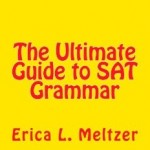



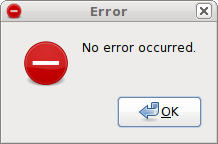

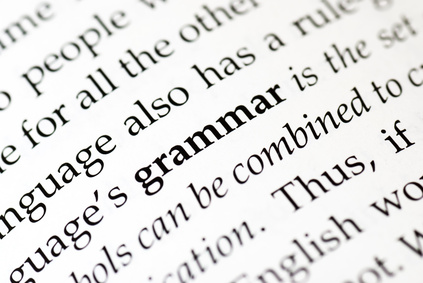

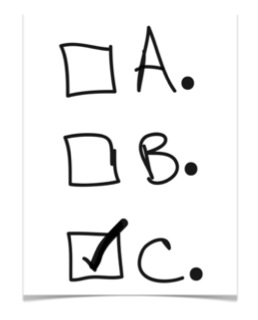


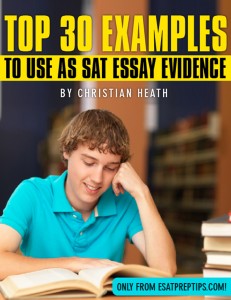



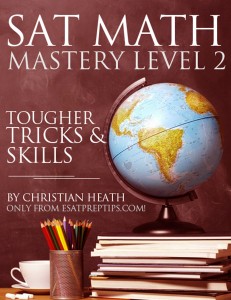
Find Me on Social Media